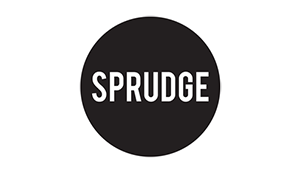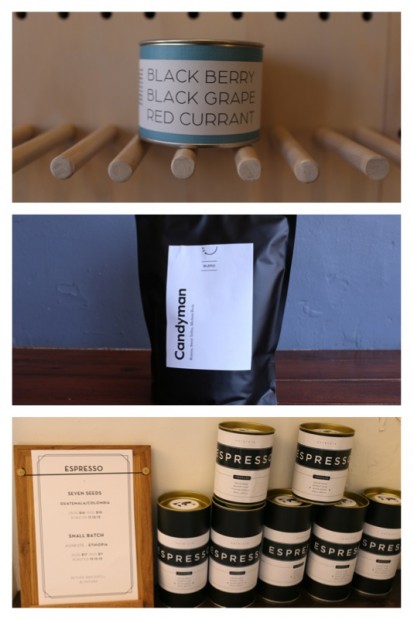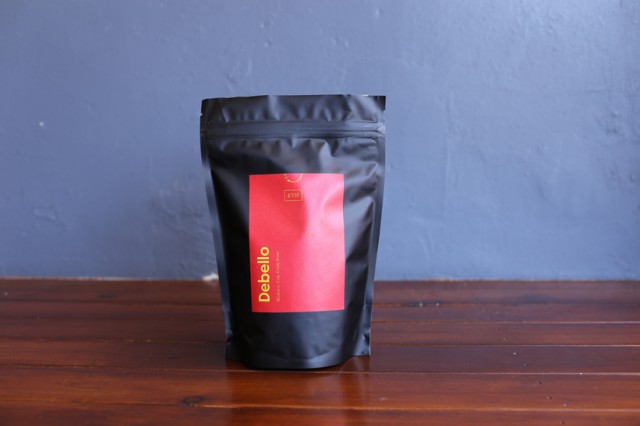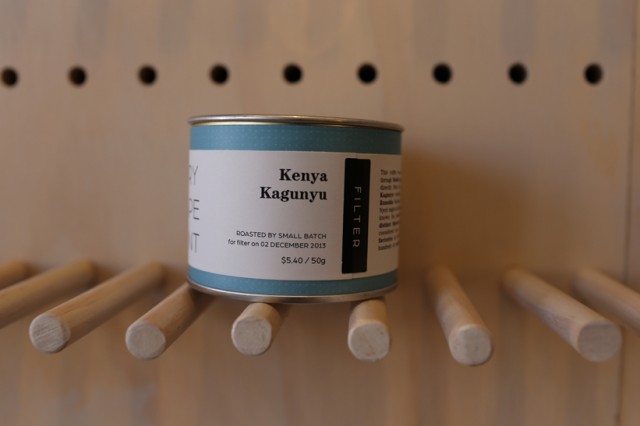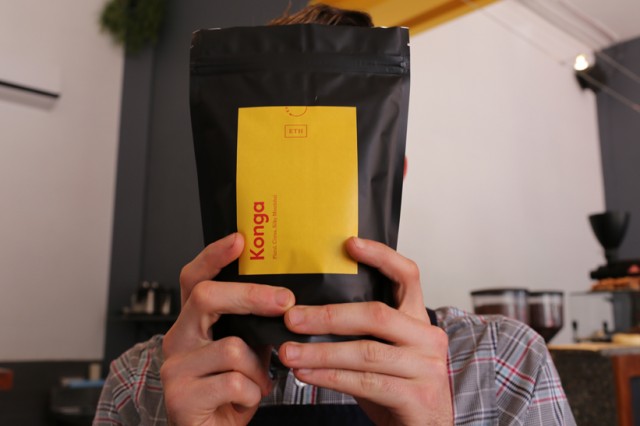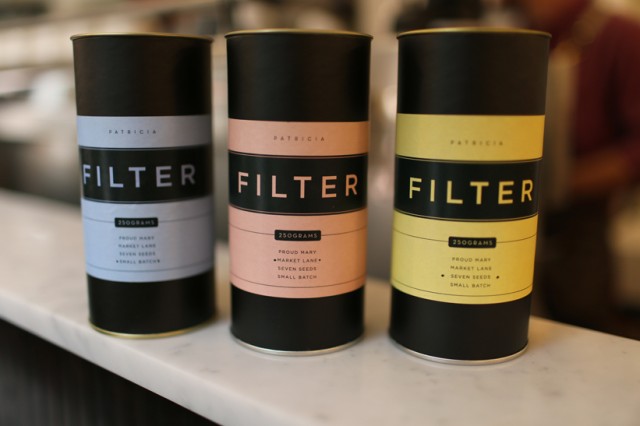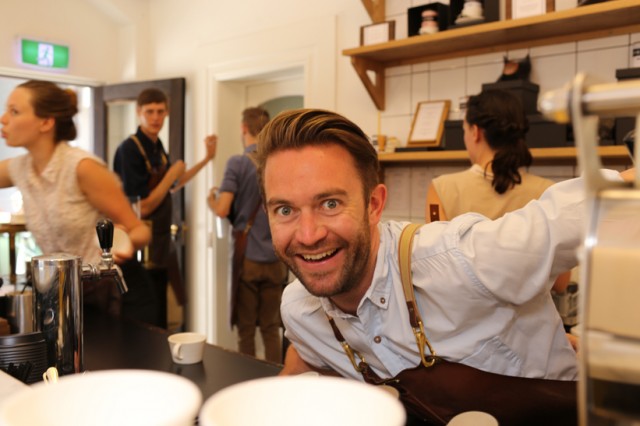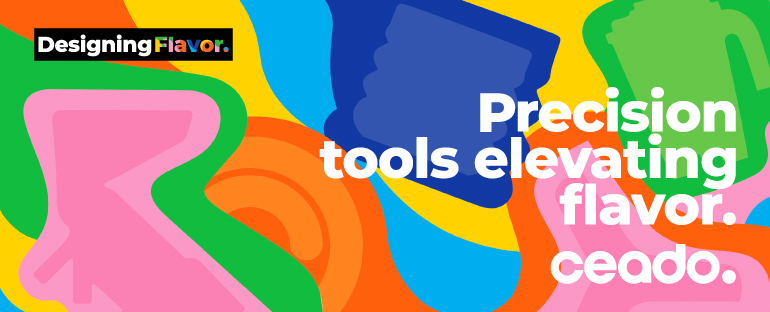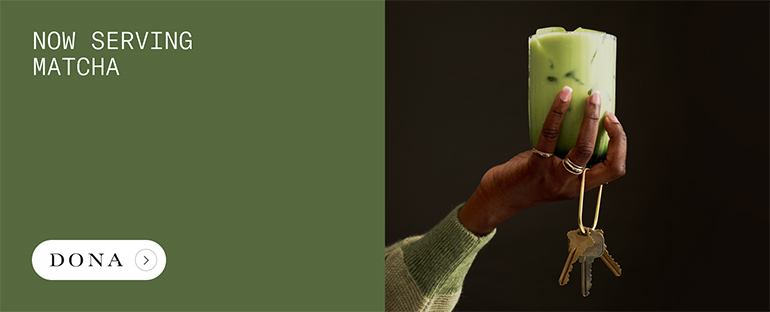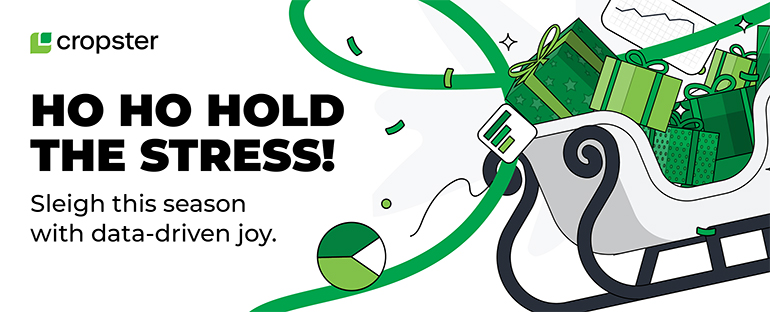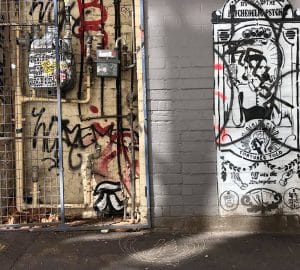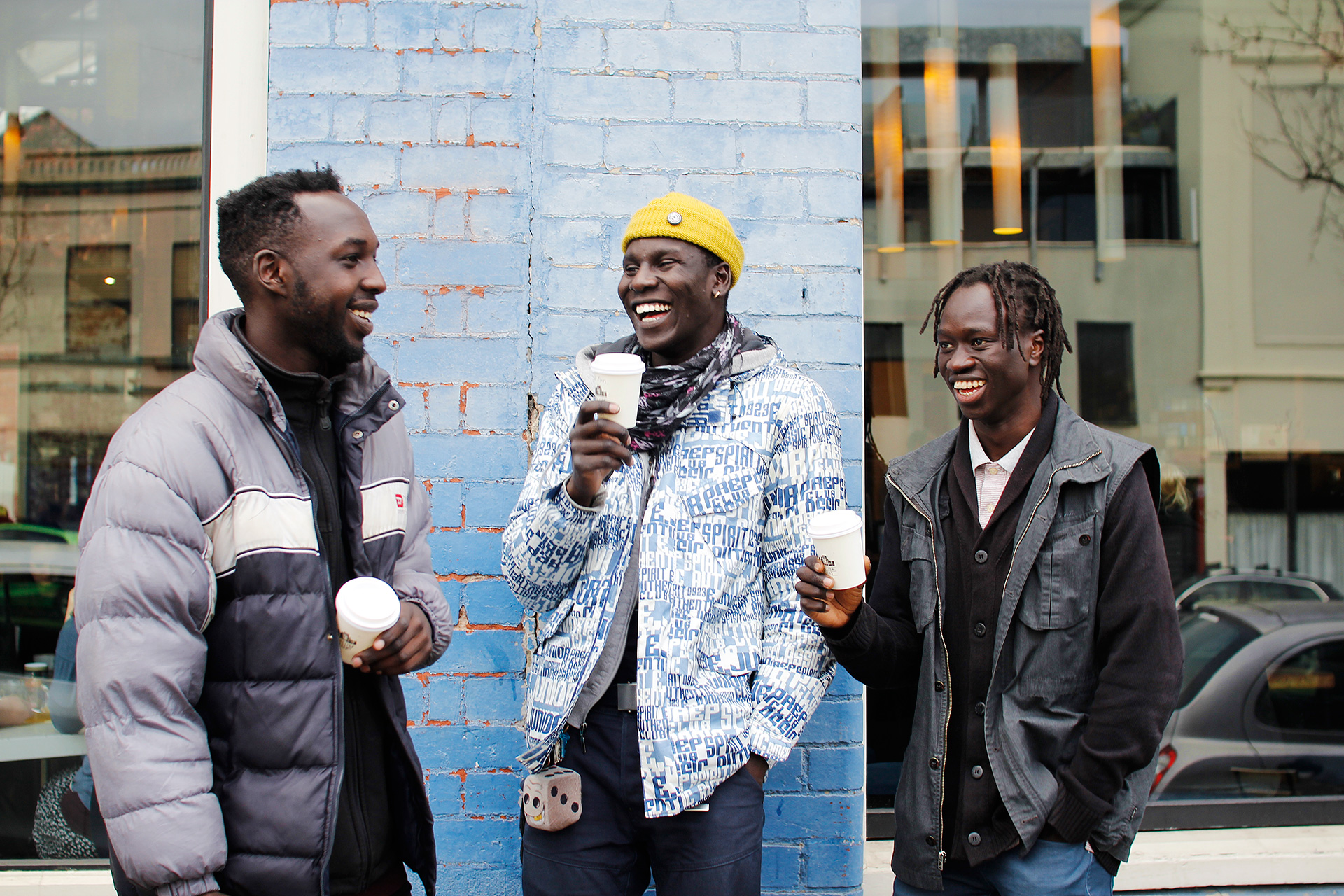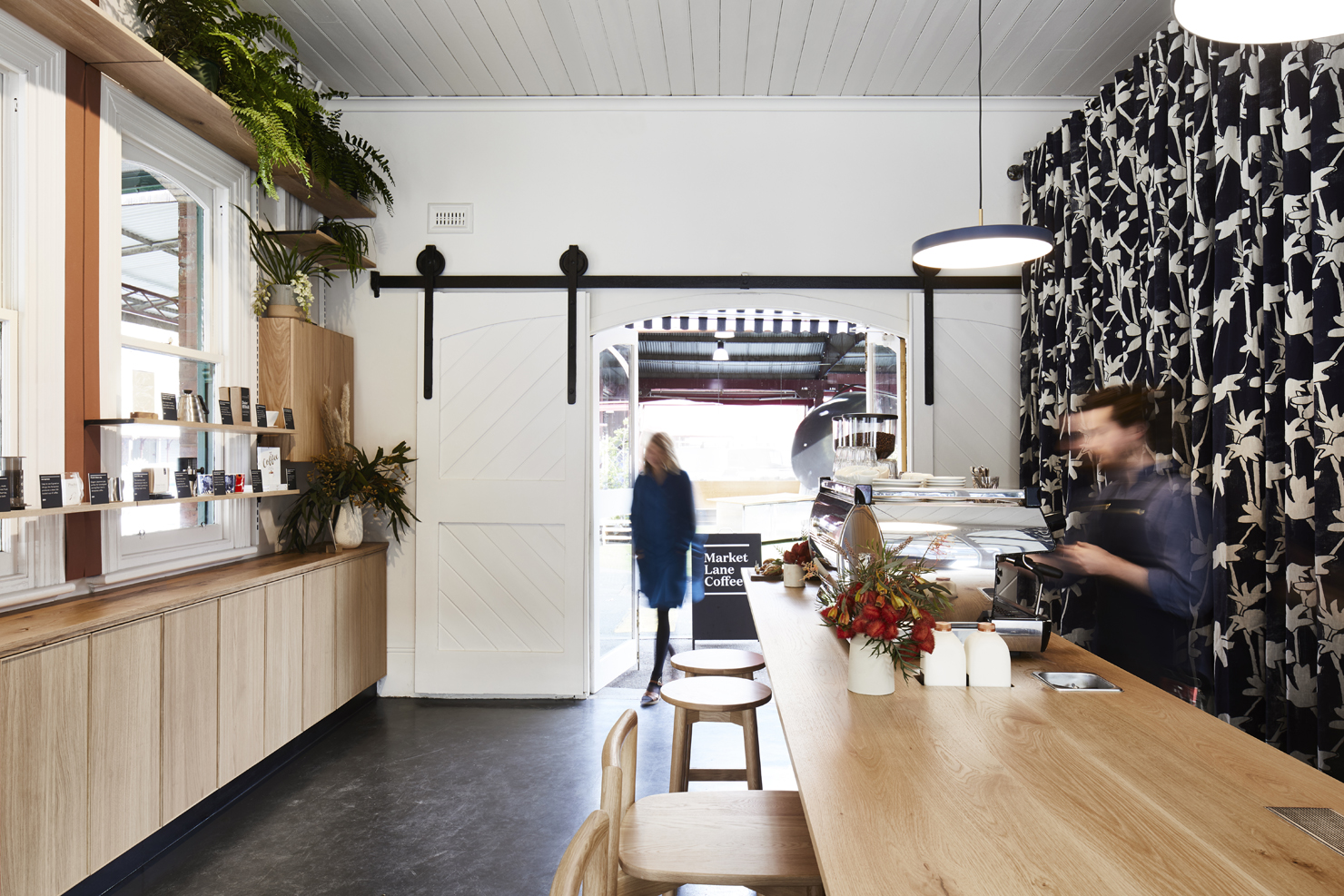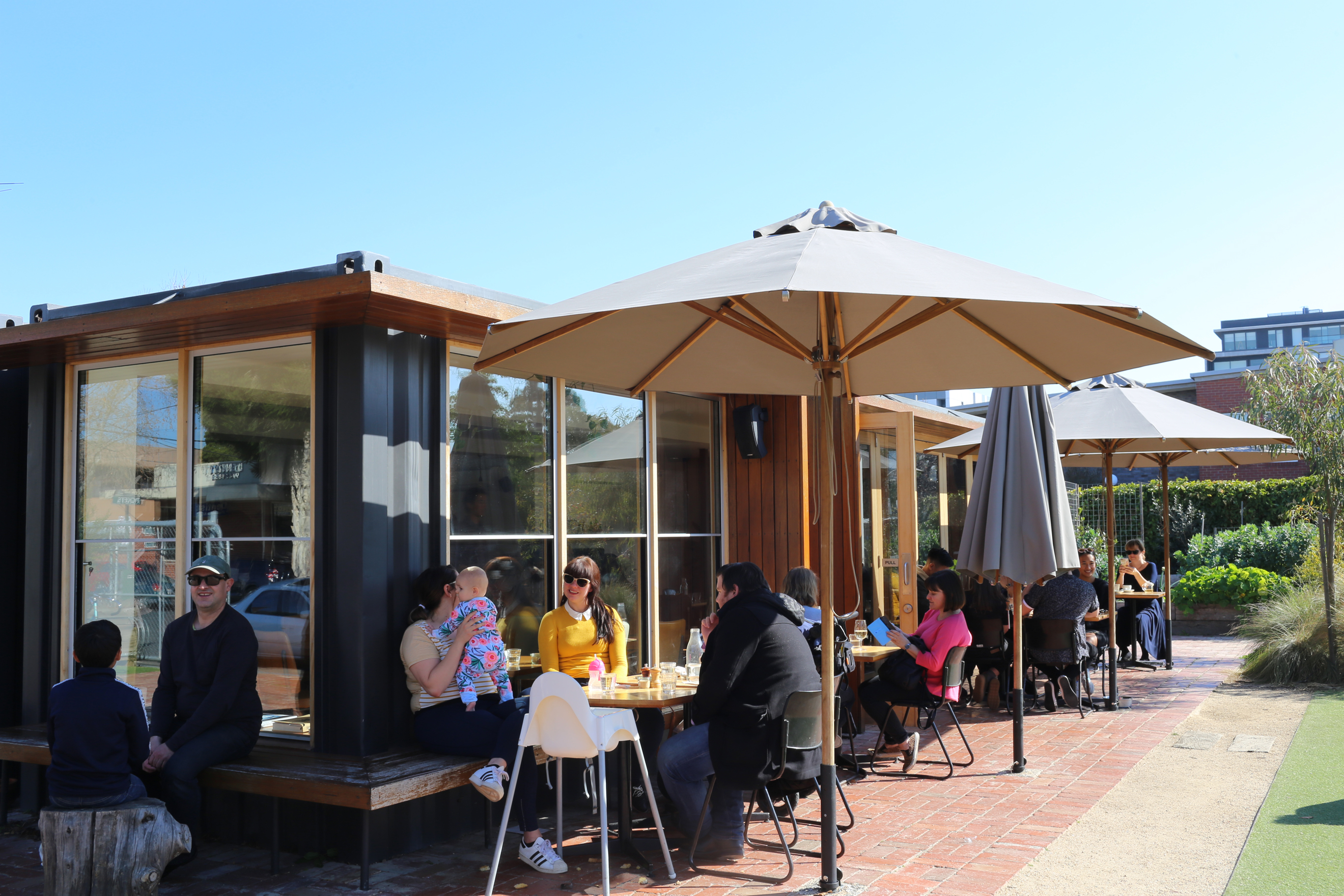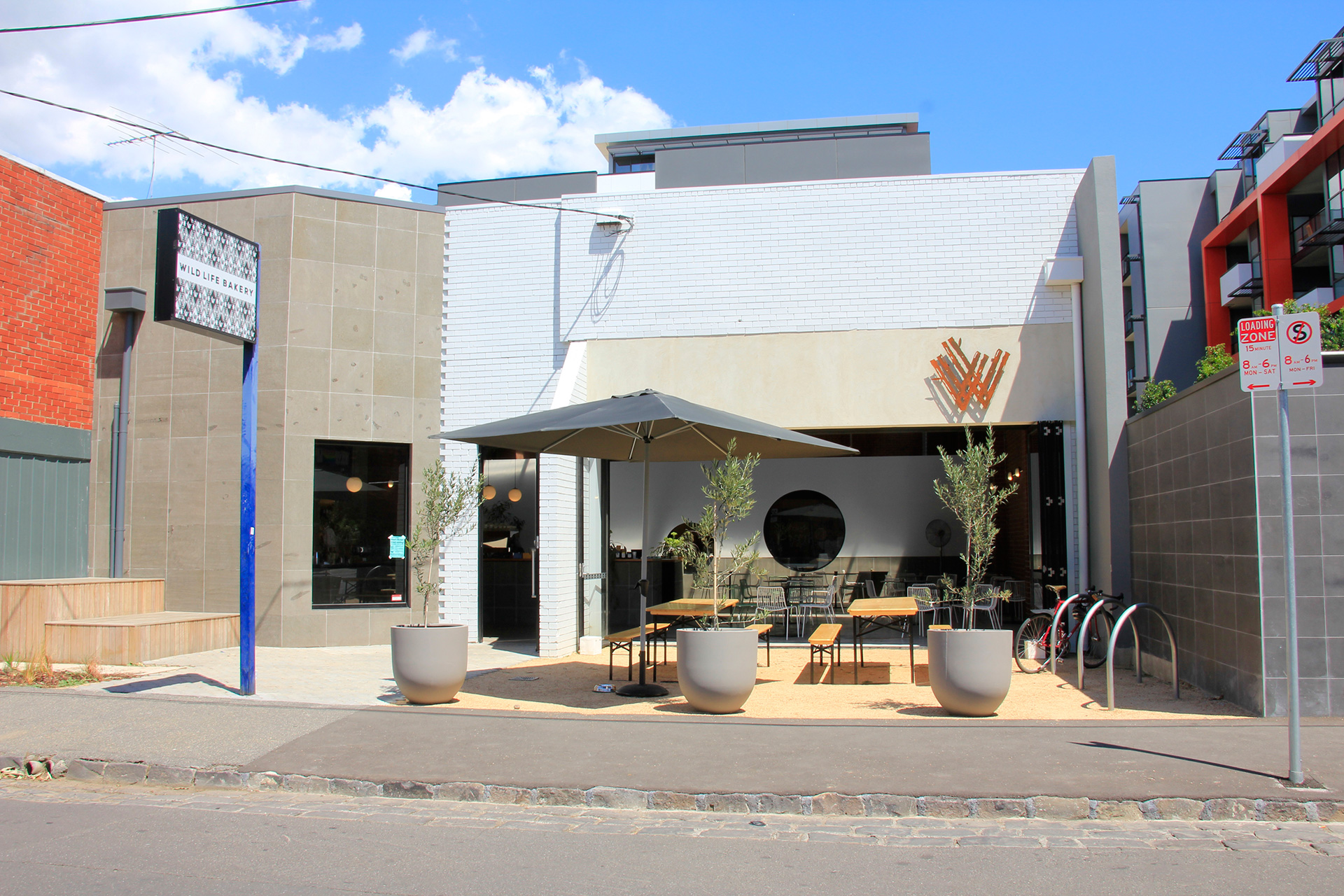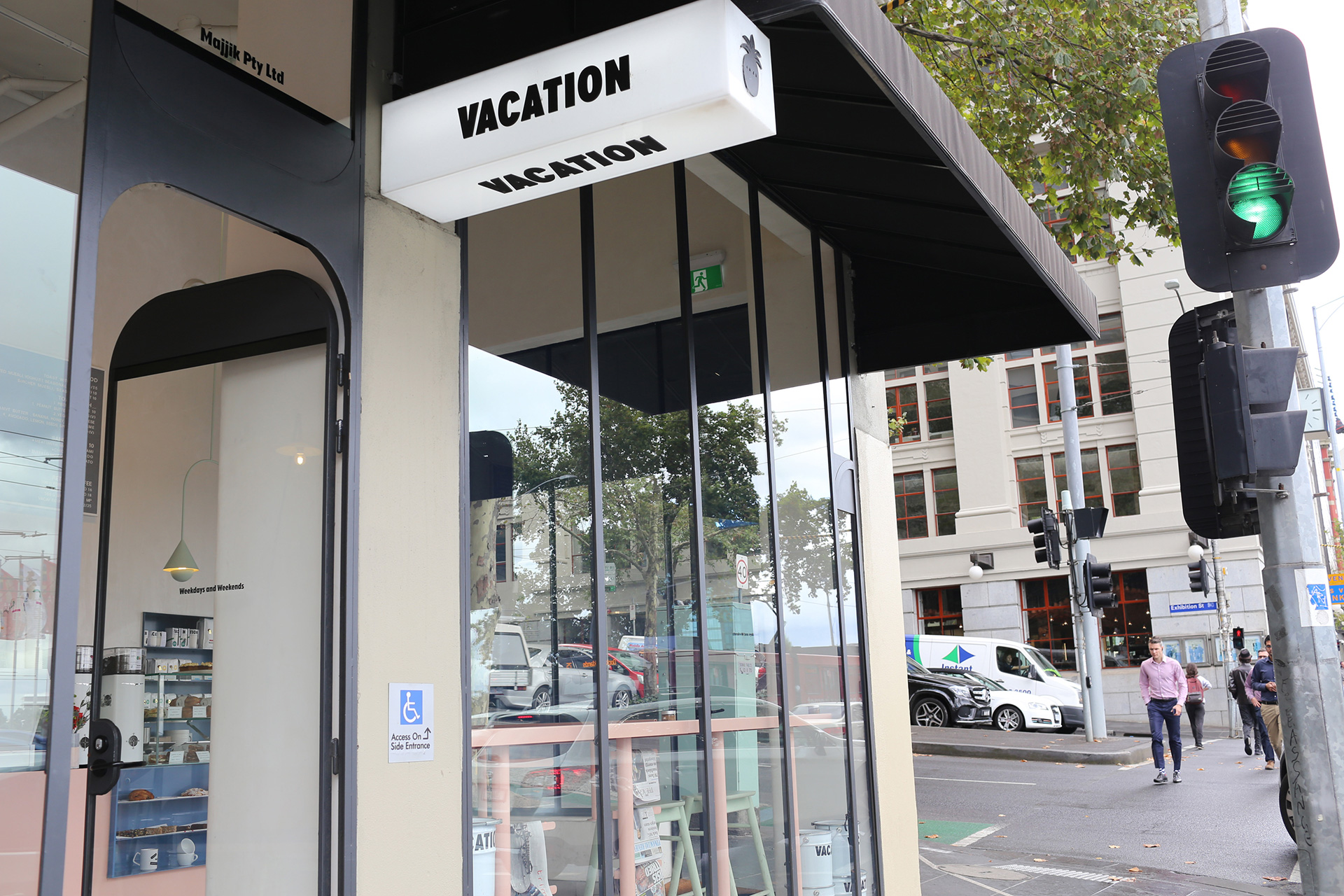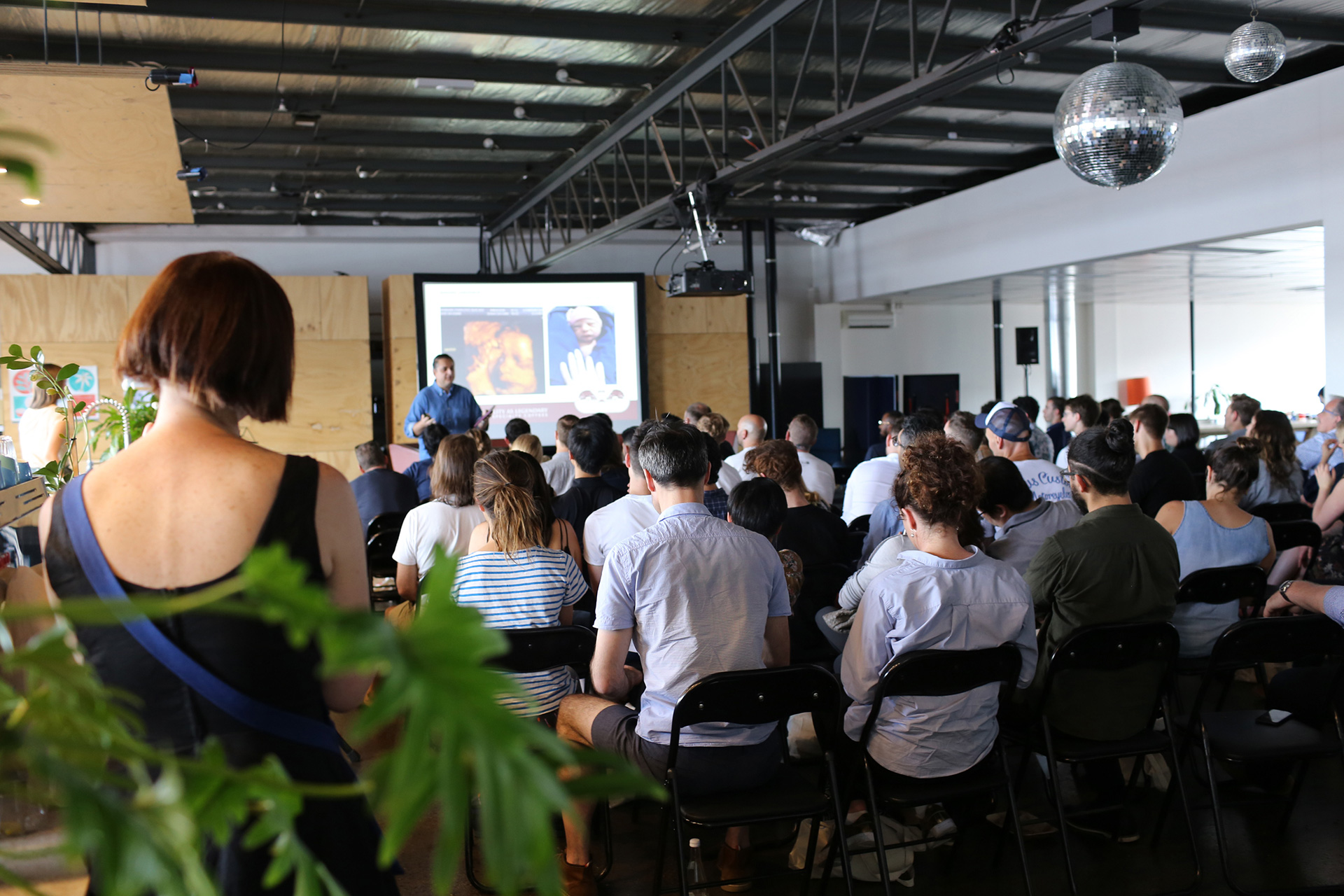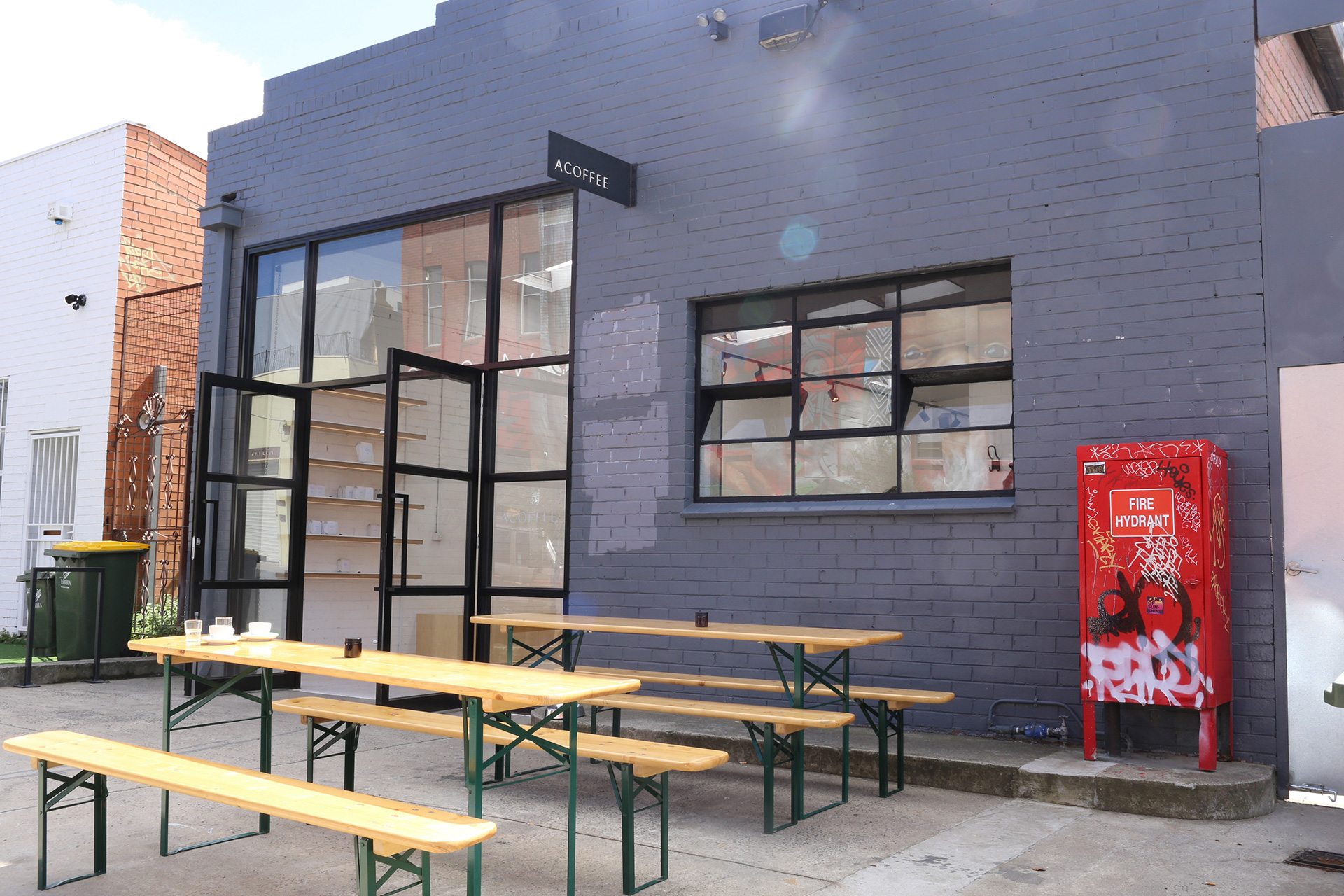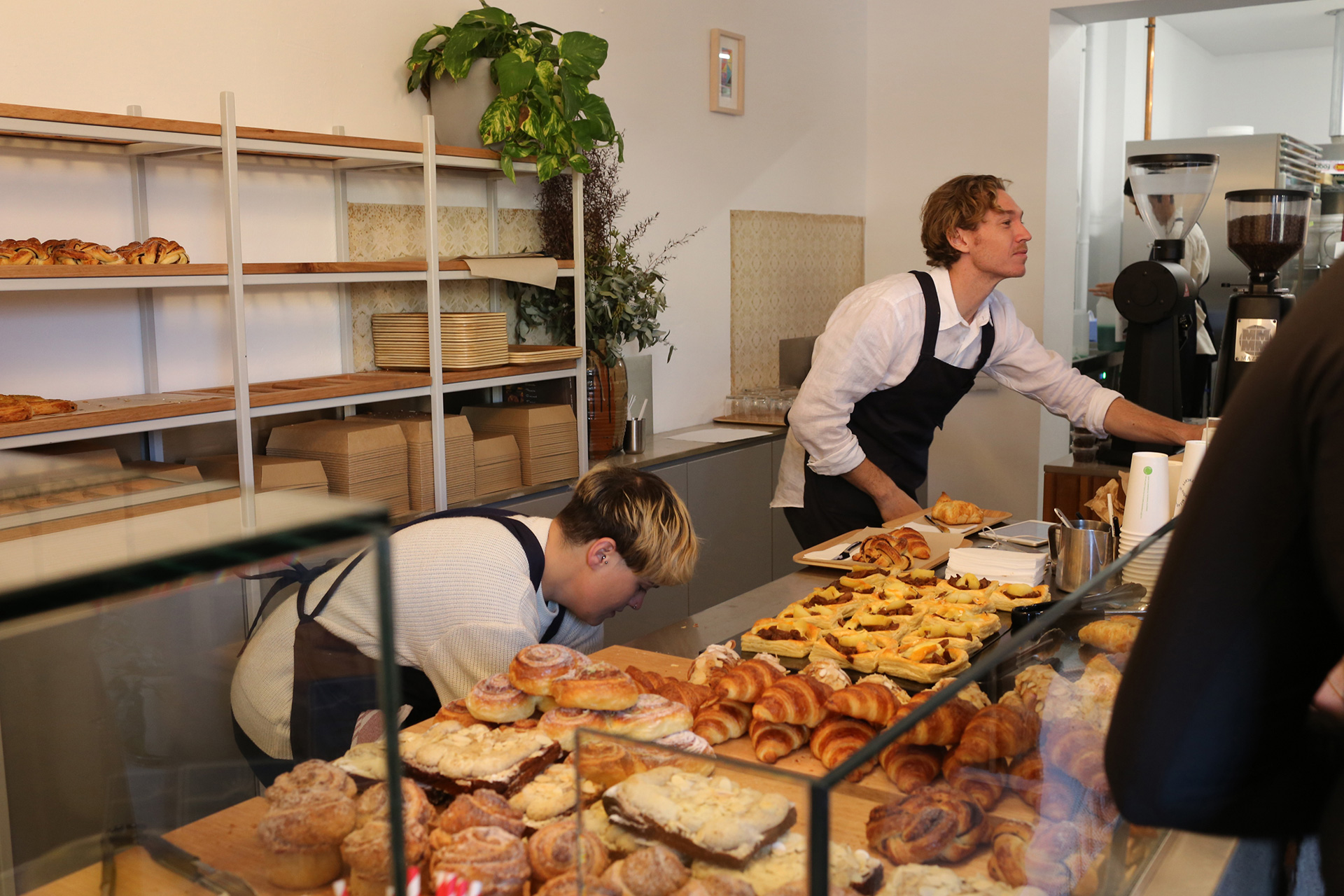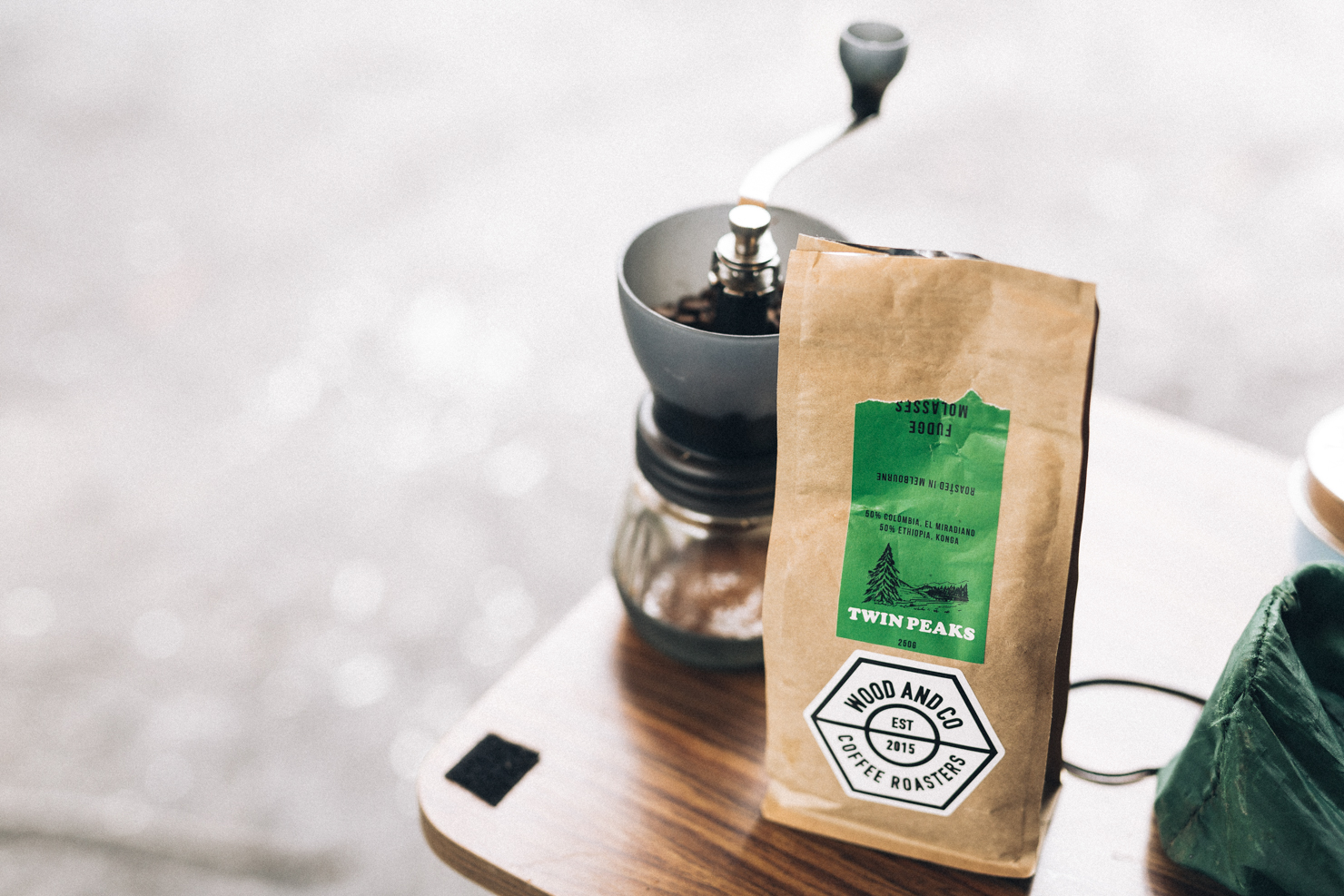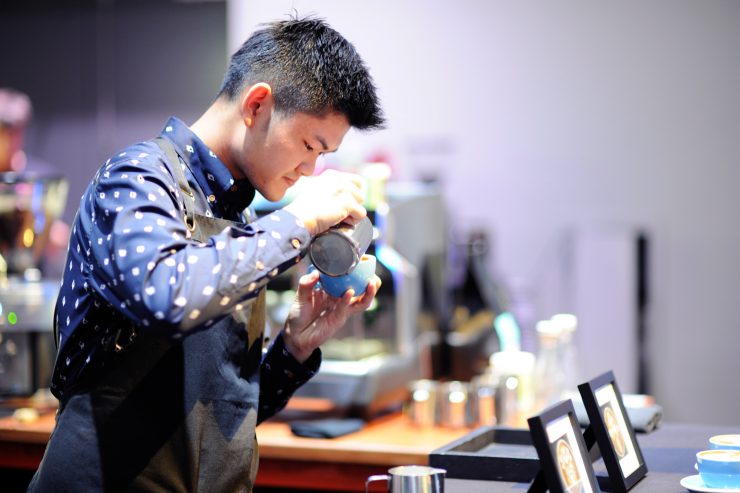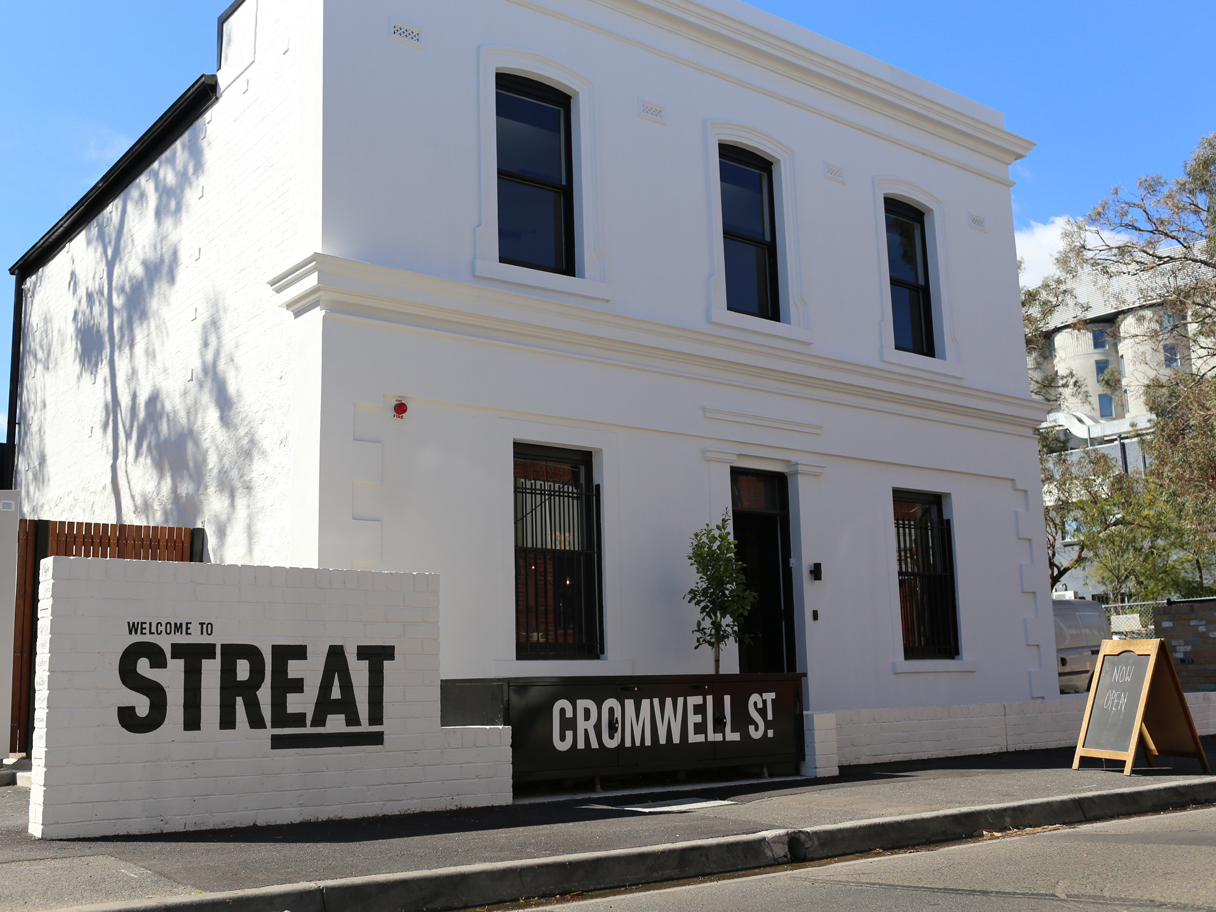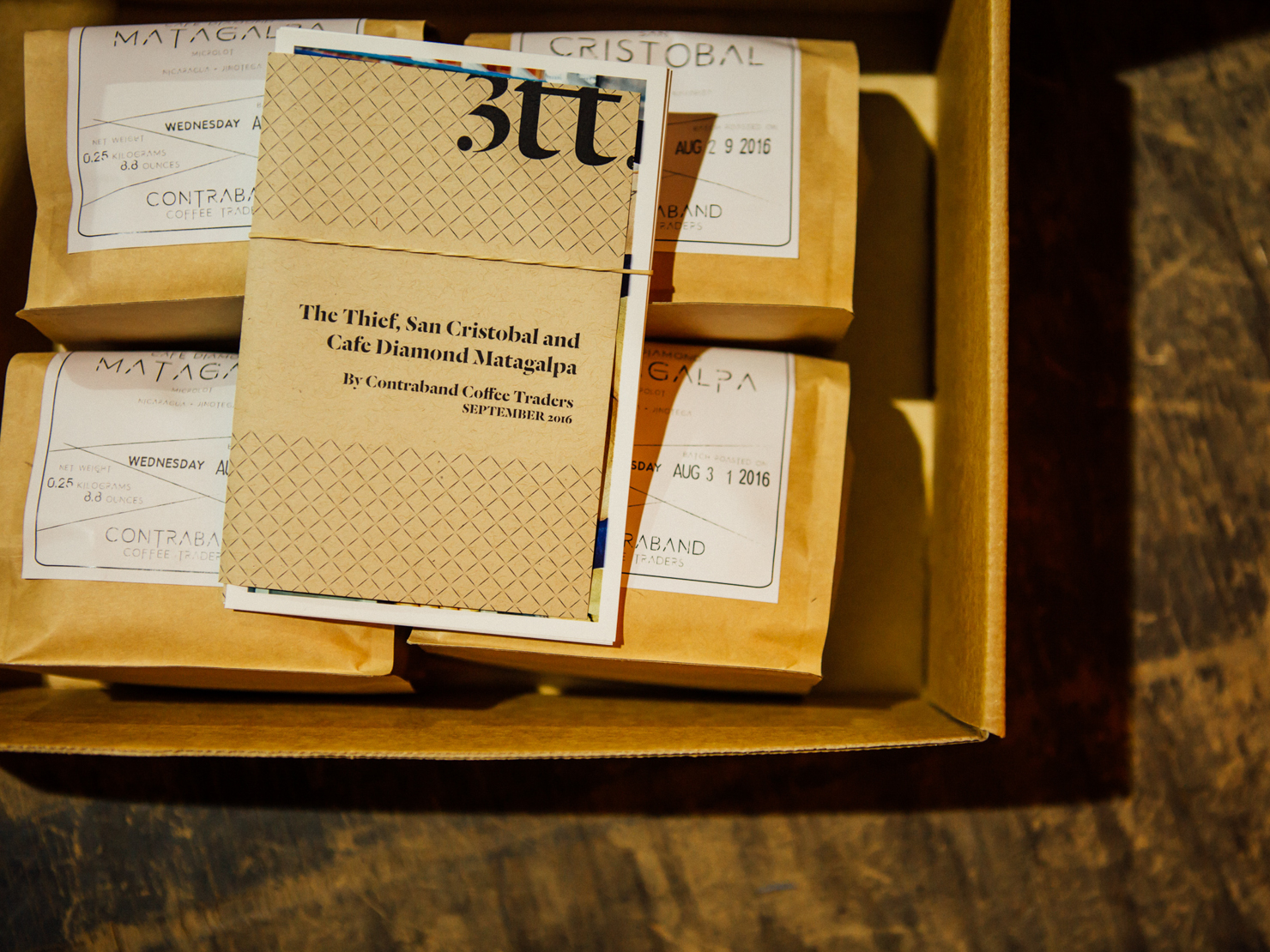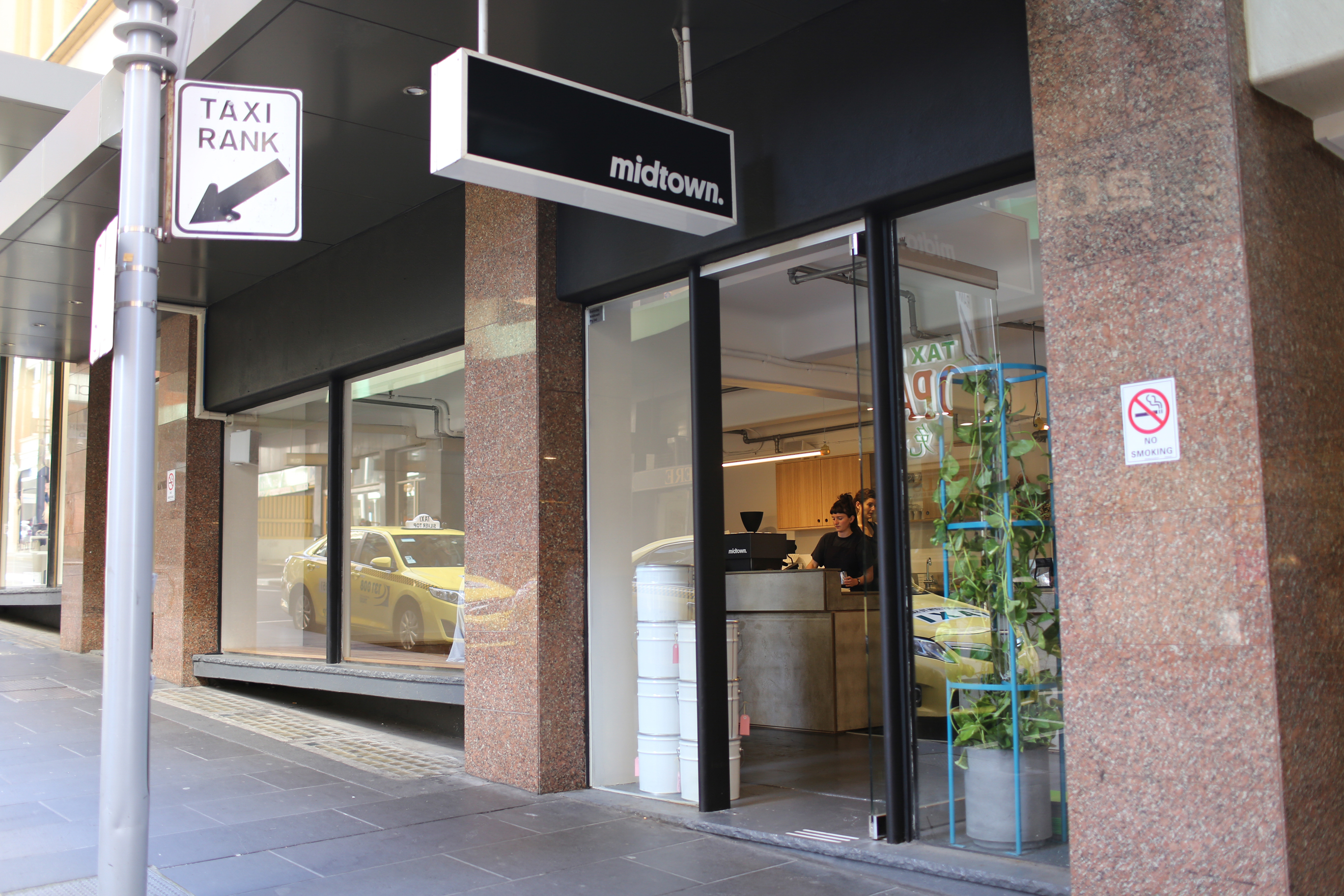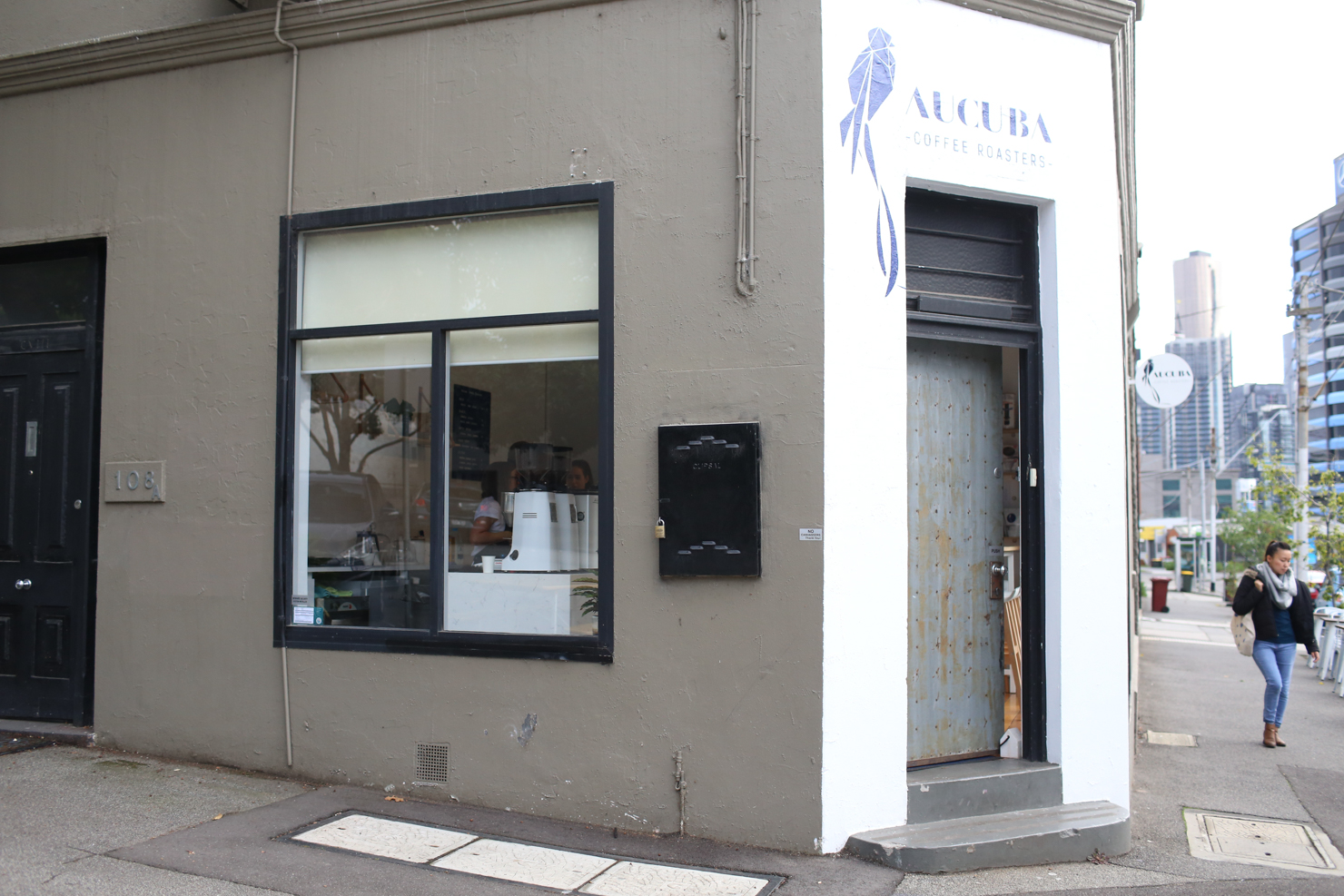Over the last couple of years, Melbourne’s specialty coffee scene has seen a fresh wave of cafes opening – establishments owned and run by a young generation of experienced baristas, pushing for quality and approaching things a little bit differently – three notable cafes of this ilk are Patricia Coffee Brewers, Everyday Coffee, and Assembly Coffee and Tea (winner of this year’s Sprudgie Award for Best New Packaging).
Patricia, Everyday, and Assembly are all multi-roaster cafes with clear-cut ideas of their quality expectations. They also focus heavily on the design and aesthetic of their brands and cafes. This combination has brought about a very-of-the-moment Melbourne phenomenon: tasteful, highly-designed custom multi-roaster packaging.
With Melbourne being the flourishing specialty coffee market that it is, cafes are spoilt for choice when it comes to quality coffee suppliers, and with more and more boutique roasters popping up it’s hard to pick just one – and as a result, fewer people are doing so. With this has come a rise in the popularity of the multi-roaster concept. By not being tethered to just one supplier, cafes are able to purchase coffee purely based on quality rather than any kind of brand loyalty. With this, customers are given a more diverse offering and, on the flipside, roasters aren’t able to rest on their laurels – significantly upping the stakes both in customer education and roaster innovation and quality control.
Rather than following the standard multi-roaster model of purchasing retail bags from their coffee suppliers to then resell, these cafes have instead designed their own packaging that they use to repackage their suppliers’ coffee. In times past, this could have been seen as untrustworthy or non-transparent, however these days it’s actually an implication of trust and respect between the café and roaster.
For Assembly, the decision to repackage their coffee was done with the intention of curating the information given with the coffee. As Assembly’s Christina Trabucco explained to me, “Our aim is to focus our customers attention on origin. We noticed a lot of our customers simply latching onto who roasted their coffee, while the notion of where that coffee was grown, how it got to be a beverage, and how it tasted seemed less important [to them].”
Another positive of repackaging meant that they are able to dictate size, allowing portions meant to brew only one or two cups to be sold, the goal of which is “to encourage using fresher roasted coffee at home, or trying a few different things, instead of a big bag of just one,” according to Ms. Trabucco. She told me, “Comparing two coffees and tasting them side by side is really valuable in forming an opinion, especially when a customer is just beginning to embark on their tasting experience… working out that no two are the same, and that there’s a great nuance in flavour, with things varying origin to origin, farm to farm, lot to lot… this is something we wanted to shine a spotlight on.”
At Everyday, three of the co-founders had all previously worked for the flagship stores of various roasters, and so when it came to opening their own store, the opportunity to represent multiple roasters was an exciting possibility. Speaking to Mark Free of Everyday, part of their reasoning behind custom packaging is similar to Assembly’s: to focus on what the coffee is, where it came from, and why it’s special. “A lot of roasters save money by using fairly generic packaging with their brand front and centre,” Mr. Free told me, “with the name of the coffee handwritten or stamped somewhere inconspicuous on the back. Our bags show the name of the coffee and what it tastes like first and foremost, with unobtrusive branding, while crediting the roasters on the back of the bag. It shouldn’t matter who roasted a coffee as long as it’s good green, roasted well.”
For Patricia, one of the first in Melbourne to present multiple roasters in their own custom packaging, their reasoning is, of course, similarly quality focused. As Pip Heath of Patricia explains, “We decided to use multiple roasters because we like them and wanted to show people what a good job they’re doing. It’s a great way to keep things interesting for the customers (and ourselves), and it also means that we’re able to get our hands on many delicious coffees.”
Heath went on: “We also wanted to be able to cut down on wastage by making a container that’s refillable; when a customer refills the cylinder, they get a discount on the coffee. Also, having our custom design on the cylinders is visually more appealing than having a whole lot of random bags on the shelves – plus, our packaging stacks neatly and incorporates into the design of Patricia.”
For all three of these businesses, their custom packaging is the end result of a neat intersection of design aesthetic and quality coffee offering, and its success is an indication of the positive progression of specialty coffee in Melbourne so far. As Mark of Everyday outlined, “There was a time when seeing a roaster’s presence in a venue or even a certain type of espresso machine on the bench was a way of discerning quality before drinking. These days we have innumerable resources to consult, while education of the industry and public continues to widen the gap between the most and least delicious coffees.”
As a Melbourne coffee drinker/maker/writer, I’m all for this movement of packaging focusing on the coffee rather than the peripheral details like brands and equipment. While it’s important to highlight the roaster’s hard work, it’s also refreshing to have the focus brought back to the coffee itself, where it’s come from, the many steps that brought it here, and the flavour notes that keep us coming back.
Excellent packaging does not just happen! Here are the design teams behind these amazing packaging/design identities:
Assembly – The Hungry Workshop
Patricia – Beyond the Pixels
Everyday – Smalltime Projects
Eileen P. Kenny (@EileenPK) is a Sprudge.com staff writer in Melbourne. Read moreEileen P. Kenny here.
